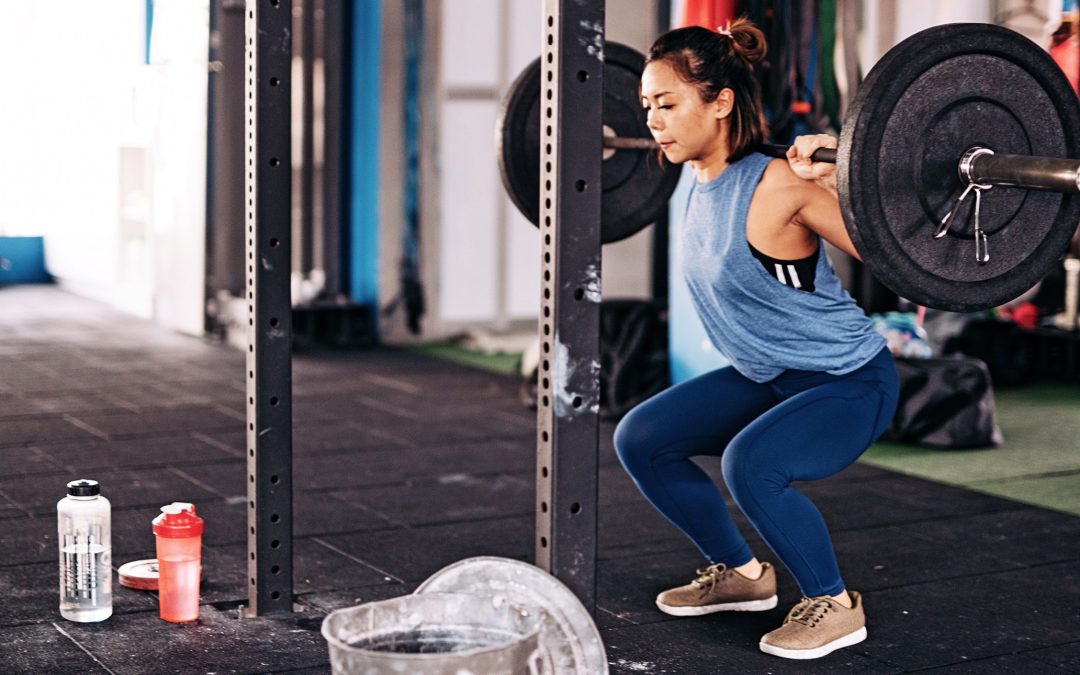You’ve heard it before: Investing in proper gear for fitness is a game changer when it comes to motivation and injury prevention. So your search for the best weightlifting shoes is not in vain. In fact, it’s pretty important, especially if you’re serious about throwing around heavy weights. As with any sport or workout, proper athletic shoes are a must. And just like running shoes come in all shapes and sizes, lifting shoes have their own specialties and styles.
We asked two trainers from Future for their expertise on picking the pair that’s right for you: Lauren Powell, PhD, CSCS, senior performance coach, and Tiffany Thompson, NASM-certified performance coach with a BS in exercise science.
Can you wear running shoes for weightlifting?
If you’re dedicated to weightlifting, looking for a pair of shoes that’s specific to strength or cross-training is a good investment—and will be better off for your feet. “It’s important not to have too much cushion, and many running shoes do,” Thompson says. “This could cause your form to change or create instability, potentially causing injury.” This doesn’t mean you have to totally throw out the idea of versatility in your lifting shoes, but those “cloud-like” running shoes you log your miles in should probably stay out of the weight room. Thompson recommends starting with armchair lifters for a more affordable pair of weightlifting shoes and then shelling out more once you get a feel for what kind of training you want to pursue.
What to look for in a pair of weightlifting shoes
- Flat sole or lifted sole (this depends on personal preference)
- Minimal cushioning
- Hard, flat outsole
- Flexible forefoot
First, it depends on whether you want a shoe with an elevated heel or a flatter shoe. “Many people love to lift in flat shoes like Converse because they prefer having minimal arch support or heel lift,” Powell says. A hard sole will help you generate power through the heels, helping you snap up heavy weights with more force than a foamy workout shoe. A shoe with a higher heel height, on the other hand, “allows you to put more pressure through your heels and find a full range of motion—all while protecting your feet,” Thompson tells SELF.
You might also want to look for a pair that has an adjustable midsole strap—along with traditional laces—which will give your shoes a more snug fit, allowing for less foot shifting mid-rep. A shoe with mesh panels and perforation holes allows for breathability without sacrificing the structure you need, and a stiff, flat outsole (an inflexible shoe) creates a stable base. And while you don’t want too much marshmallowy foam or cushioning, if you’re going to be using these shoes for strength training and higher-impact cross-training, some cushion and shock absorption is suitable.
“I definitely recommend trying on different styles and reading reviews from people who have similar needs to find the best fit,” Powell tells SELF.
With Powell’s and Thompson’s criteria in mind (and our own sneaker buying guidelines), we chose 15 of the best weightlifting shoes for women, from the Olympic weightlifting pros to strength training newbies.
All products featured on SELF are independently selected by our editors. However, when you buy something through our retail links, we may earn an affiliate commission.
